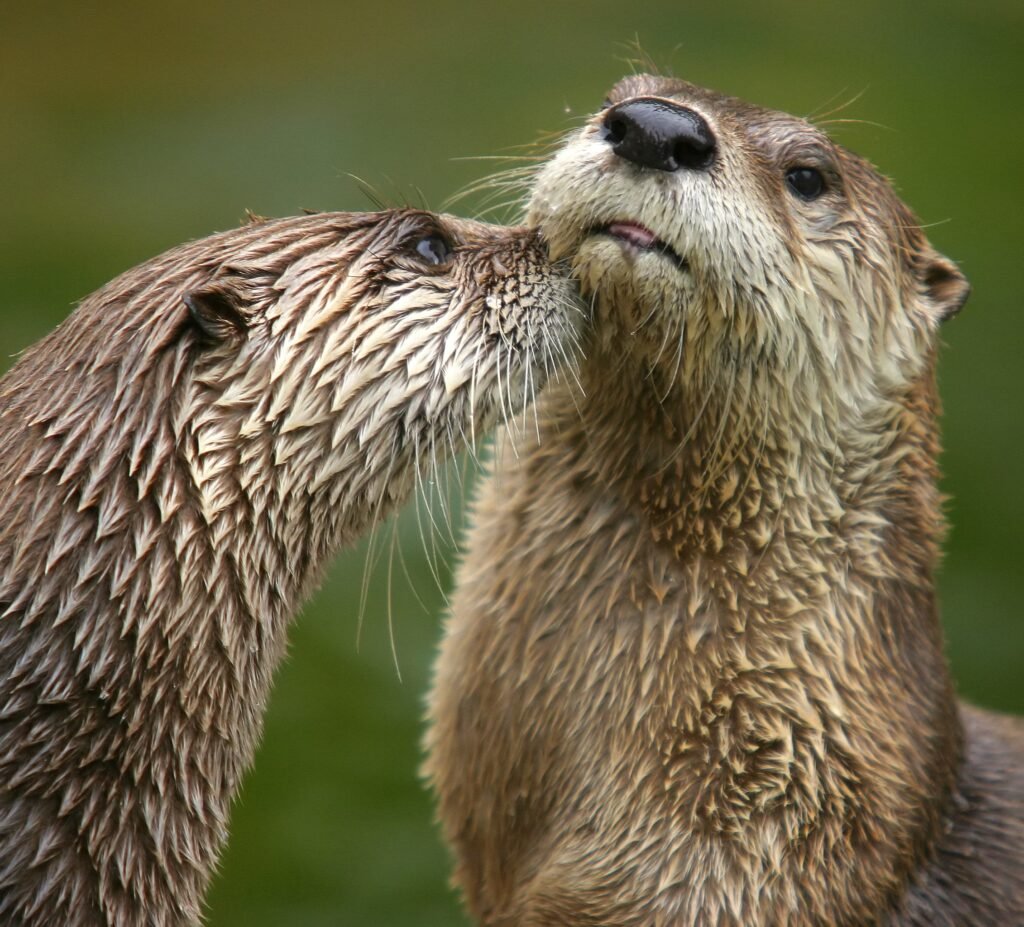Imagine standing by a quiet riverbank as dawn breaks, the mist swirling low over the water. Suddenly, you catch a glimpse of sleek fur and playful whiskers—an otter gliding effortlessly through the current. For many, this sight feels almost magical, a reminder that even in a world overflowing with challenges, nature has its miracles. World Otter Day isn’t just about marveling at a charismatic animal; it’s a hard-earned celebration of resilience, hope, and the tireless work of conservationists. Otters, once pushed to the brink of disappearance, are making a comeback—and their return is reshaping rivers, restoring balance, and stirring hearts everywhere.
The Enigmatic Life of Otters
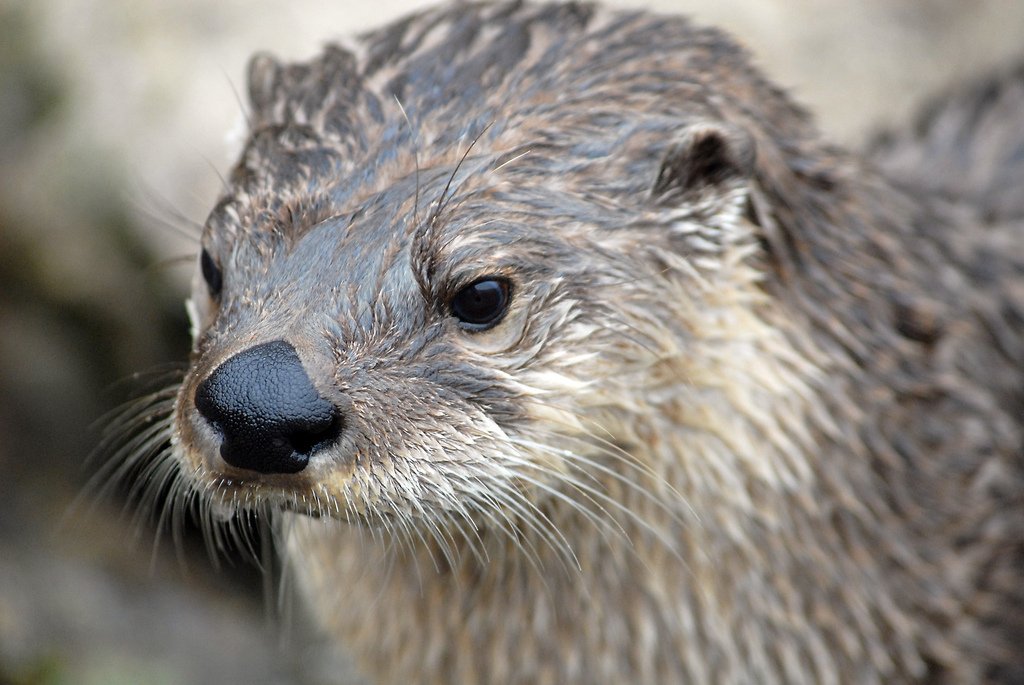
Otters have always been shrouded in a bit of mystery. With their playful antics and mischievous glances, it’s easy to think of them as the comedians of the animal kingdom. Yet, beneath their charm lies a highly intelligent and adaptable creature. Otters are expert swimmers, capable of holding their breath for several minutes and maneuvering through water with astonishing grace. Their thick, water-repellent fur keeps them warm even in icy streams, and their dexterous paws allow them to catch slippery fish with ease. Observing an otter at play can feel like watching a master performer—each movement deliberate, joyful, and perfectly tuned to its watery world.
The River Guardian’s Role in the Ecosystem
Nature never wastes a role, and otters are a prime example of this. As apex predators in their aquatic habitats, otters help maintain the delicate balance of river ecosystems. They keep fish populations healthy by preying on the sick and weak, indirectly supporting the entire food web. Their foraging behavior can even shape the physical features of rivers, creating habitats for countless other animals. When otters thrive, so does the intricate community of insects, amphibians, birds, and plants that depend on clean, vibrant waterways. In this sense, otters are not just residents—they’re true guardians of our rivers.
From Near Extinction to Hopeful Recovery
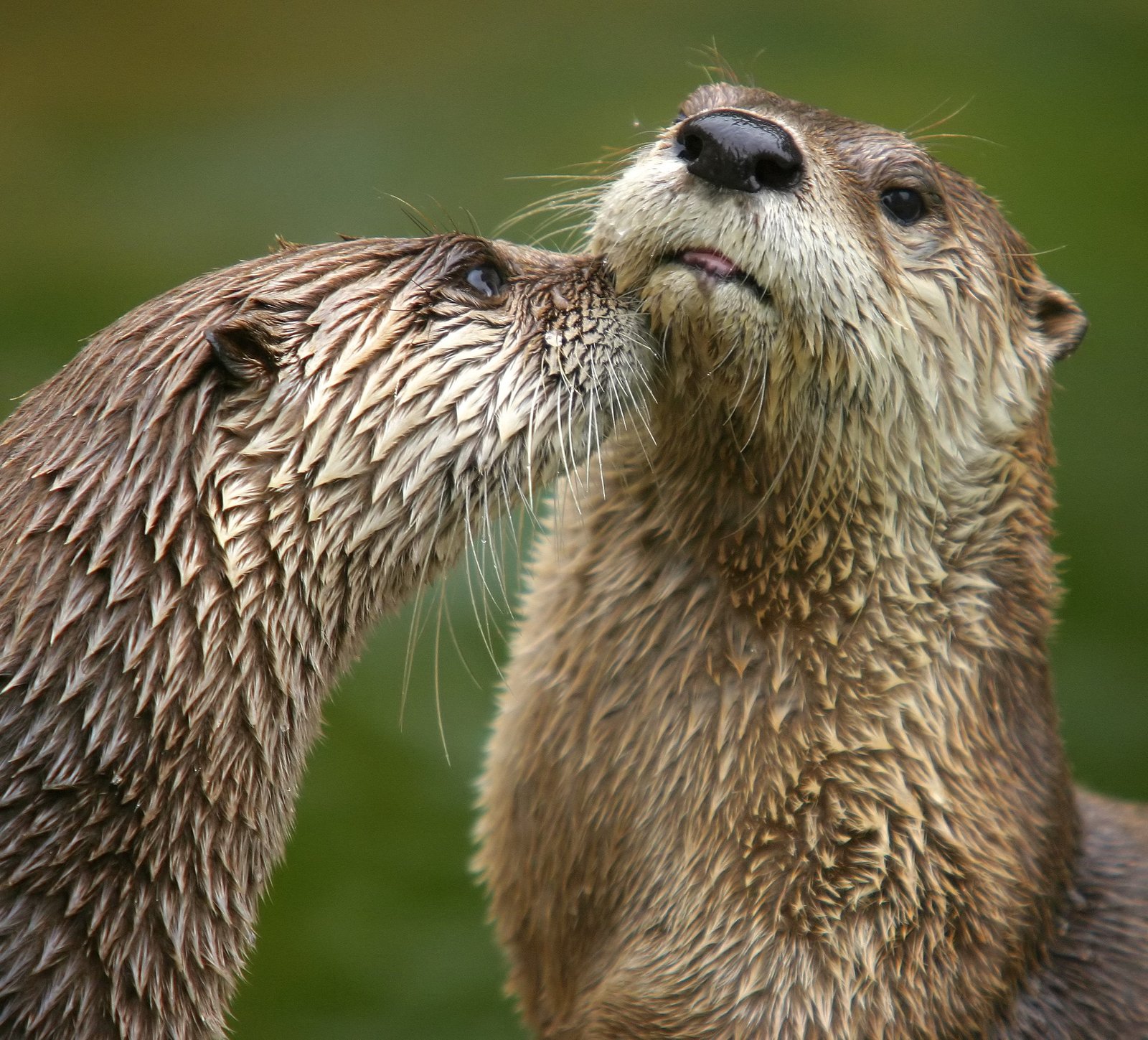
Not so long ago, the future looked grim for otters. Rampant hunting for their luxurious fur, pollution from factories, and the destruction of wetlands nearly wiped them out in many regions. By the mid-20th century, otter sightings had become heartbreakingly rare across Europe, North America, and Asia. The silence along riverbanks was a warning—if otters could vanish, what would be next? But thanks to relentless advocacy and conservation efforts, otters are now staging a remarkable comeback. Legal protections, habitat restoration, and pollution controls are giving otters a fighting chance to reclaim their watery homes.
The Science Behind Otter Comebacks
Scientists have played a crucial role in tracking and supporting otter recovery. By studying otter populations, genetics, and health, researchers have gained insight into what these animals need to survive and thrive. Modern techniques like camera traps, DNA analysis from scat, and GPS tracking collars help conservationists monitor otter movements without disturbing them. These tools have revealed just how resilient otters can be when given the right conditions—clean water, abundant food, and safe places to raise their young. The science doesn’t just inform—it inspires, showing how even small changes can ripple outward to create new hope.
Otters as Symbols of Clean Water
There’s a reason otters are often called “ambassadors” of river health. Their presence is a sign that a waterway is clean and teeming with life. Otters are sensitive to pollution and habitat disturbance, so when they disappear, it’s usually a wake-up call for the entire ecosystem. Conversely, their return is a signal that restoration efforts are working. For many communities and conservationists, seeing otters back in local rivers is a badge of success and a promise that a healthier future is possible. It’s no wonder otters have become mascots for clean water campaigns around the globe.
World Otter Day: How It All Began

World Otter Day was born out of a need to highlight both the struggles and successes of otter populations. Launched by conservation groups passionate about these animals, the day is now celebrated annually on the last Wednesday of May. It’s a time for schools, scientists, families, and wildlife lovers to come together and shine a spotlight on the importance of otters and the rivers they call home. Through educational events, river cleanups, and social media campaigns, World Otter Day brings global attention to the plight and promise of these river guardians.
Why Otters Capture Our Imagination
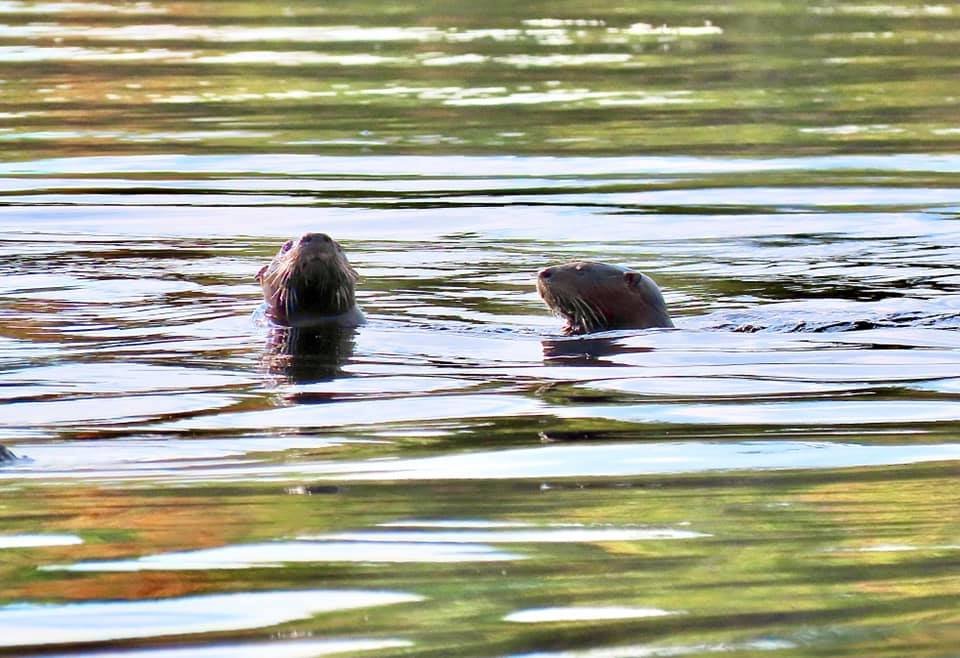
There’s something undeniably captivating about otters. Maybe it’s their expressive faces, their playful behavior, or the way they seem to dance with the currents. People often describe otters as “nature’s comedians,” but their charm goes deeper than slapstick. Watching an otter slide down a muddy bank or juggle stones with its paws is an invitation to reconnect with the wild, to remember the simple joys of curiosity and play. Otters remind us not to take life—or nature—for granted. Their resilience becomes our inspiration, urging us to fight for a world where such wonder is possible.
Otter Species Around the World
The world is home to thirteen distinct otter species, each with its own quirks and habitats. From the tiny Asian small-clawed otter to the imposing giant otter of the Amazon, otters have adapted to rivers, lakes, and even coastal seas. The North American river otter, for example, is a familiar sight in Canada and the U.S., while the Eurasian otter roams from Ireland to Japan. In South America, the giant otter is known for its powerful build and boisterous family groups. Each species faces unique challenges—from habitat loss to illegal hunting—making their conservation stories both varied and vital.
Otter Families: Bonds and Behaviors
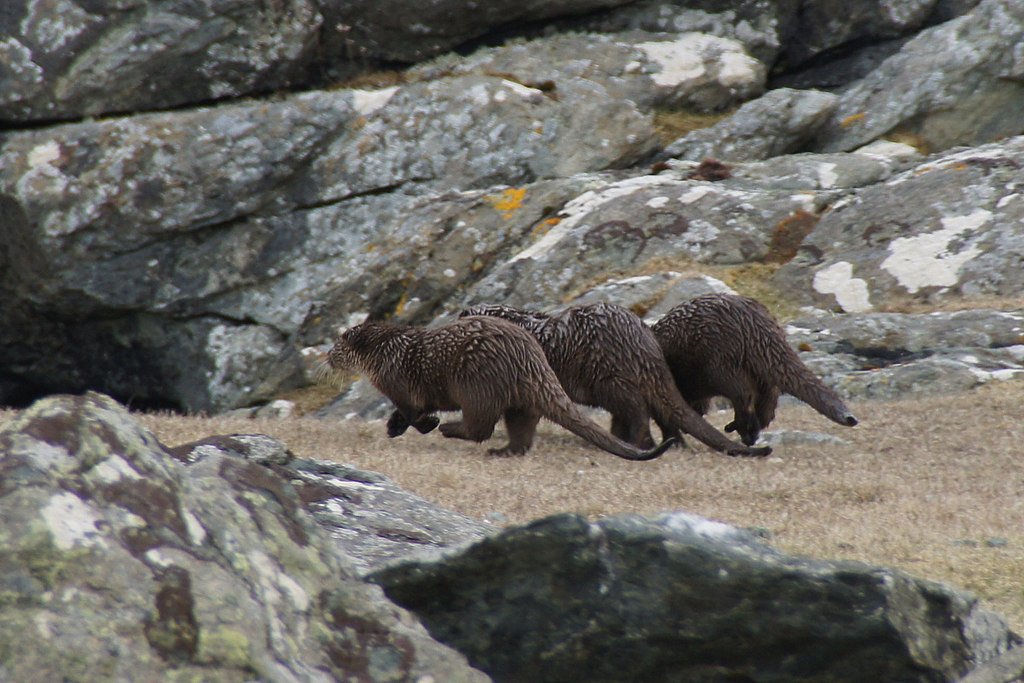
Otters are not solitary wanderers; they’re highly social animals with complex family lives. Many otter species live in close-knit groups, sharing responsibilities like hunting and raising pups. Watching a mother otter gently groom her newborn or teach her young to swim is as heartwarming as it gets. Otters communicate using whistles, chirps, and even scent markings, forging strong bonds that can last a lifetime. This sense of community isn’t just adorable—it’s essential to their survival, especially in challenging environments where teamwork can mean the difference between life and death.
Challenges That Still Threaten Otters
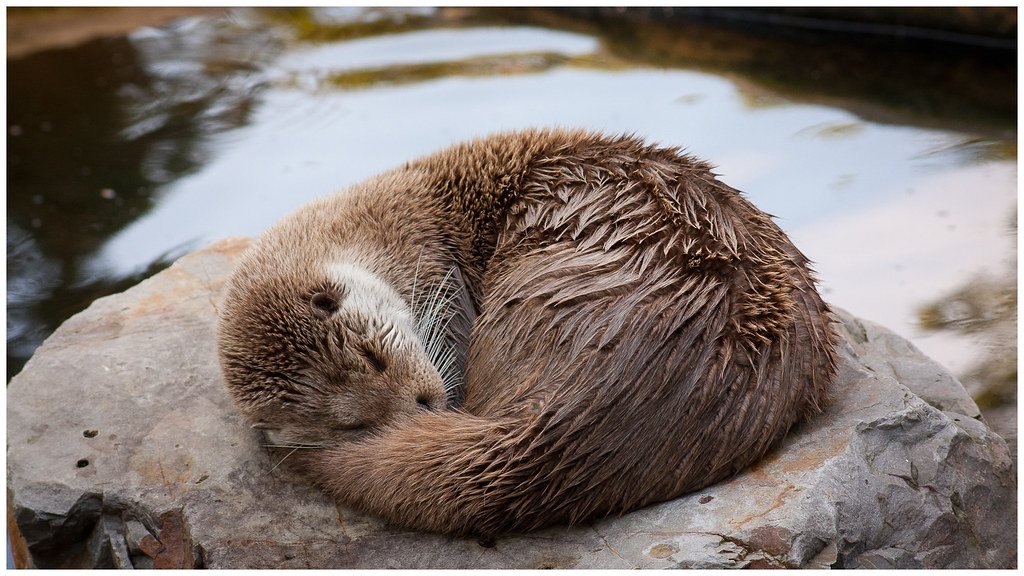
Despite their comeback, otters aren’t out of danger yet. Pollution, climate change, and the relentless expansion of cities continue to threaten their habitats. Pesticides and heavy metals can poison waterways, while plastic waste entangles and injures these agile swimmers. Illegal hunting and the pet trade remain persistent threats, especially in parts of Asia. It’s a stark reminder that progress can be fragile. Conservationists stress that ongoing vigilance, research, and public education are essential to ensure otters aren’t pushed back toward the brink.
Conservation Heroes: People Making a Difference
Behind every otter comeback is a community of passionate people. From scientists and park rangers to local volunteers, countless individuals have dedicated their lives to otter conservation. These heroes organize river cleanups, monitor otter populations, and fight for stricter environmental protections. Sometimes, it’s just one determined person—like the farmer who leaves a wild patch along the river for otter dens, or the teacher who sparks a lifelong love of wildlife in her students. Their stories remind us that everyone can play a part, no matter how small.
Otter-Friendly Habitats: What Makes a River Safe?

Not all rivers are created equal when it comes to otter safety. These animals need clean water, abundant food, and plenty of places to hide and raise their young. Overhanging trees, reed beds, and natural riverbanks provide shelter and hunting grounds. Human-made barriers like dams and concrete embankments can fragment habitats and block otter movement. Creating otter-friendly rivers often means restoring natural features, reducing pollution, and giving wildlife the space to flourish. It’s a vision of coexistence—where people and otters both find room to thrive.
Citizen Science: Everyday People Tracking Otters
You don’t have to be a scientist to help otters. Around the world, citizen science projects invite ordinary people to report otter sightings, track footprints, or collect water samples. These grassroots efforts provide valuable data that helps researchers understand otter populations and spot threats early. It’s also a way for communities to connect with their local rivers and develop a sense of stewardship. When someone spots an otter and shares the news, it becomes more than a sighting—it’s a celebration of life returning to the water.
Otters in Culture and Folklore
Otters have long captured the human imagination, appearing in myths, legends, and art from around the world. In Celtic folklore, otters were seen as magical creatures, protectors of travelers and symbols of transformation. In Japan, the river otter was believed to be a shapeshifter, both mischievous and wise. Even today, otters appear in children’s stories, cartoons, and environmental campaigns, often as symbols of playfulness and resilience. Their presence in our cultural heritage underscores their importance—not just to ecosystems, but to our shared sense of wonder.
Raising Awareness: Education as a Conservation Tool
Education is a powerful weapon in the fight to save otters. Schools, zoos, and conservation groups use World Otter Day to teach the next generation about the value of rivers and the creatures that live in them. Interactive exhibits, storytelling sessions, and hands-on activities help children—and adults—see otters not just as cute faces, but as vital parts of a bigger picture. By fostering empathy and knowledge, education turns curiosity into action, ensuring that otters will have advocates for years to come.
Otters and Climate Change: New Frontiers of Challenge
Climate change is reshaping river ecosystems in ways that few could have predicted. Rising temperatures, shifting rainfall patterns, and increased flooding can disrupt otter habitats and food sources. Some otter species may have to move to higher elevations or adapt to new types of prey. Scientists are racing to understand how climate change will affect otters in the decades ahead, and what can be done to help them adapt. This is a new chapter in the otter’s story—one that will require creativity, cooperation, and continued vigilance.
Inspiring Stories: Otter Comebacks Around the World
From the rivers of Scotland to the wetlands of India, otter comebacks are becoming stories of hope and inspiration. In the UK, river otters have returned to waterways where they hadn’t been seen in generations, thanks to cleaner water and habitat restoration. In Singapore, the smooth-coated otter has made headlines by reclaiming city parks and even crossing busy streets. These stories aren’t just good news for otters—they’re proof that, when people come together to protect nature, incredible things can happen.
How You Can Help Otters Thrive
Protecting otters isn’t just the job of scientists or activists—it’s something everyone can contribute to. Simple actions like reducing plastic use, supporting clean water initiatives, and respecting wildlife habitats all make a difference. Joining a local river cleanup or spreading the word about World Otter Day can inspire others to care. Even small changes, like planting native trees along riverbanks or keeping dogs on leashes near water, help create safer spaces for otters and other wildlife. Every action, no matter how modest, is a step toward a world where otters continue to thrive.
The Joy of Spotting an Otter: A Personal Perspective
There’s a special kind of thrill in spotting an otter in the wild. It’s a moment that takes you by surprise, fills you with wonder, and lingers in your memory long afterward. For me, the first time I watched an otter slip beneath the surface of a quiet stream, it felt like I’d glimpsed a secret world—a world that had survived against the odds. That sense of awe is something I carry with me, a reminder of why these creatures matter. Otters are more than just river guardians; they are living proof that hope, persistence, and care can bring even the rarest wonders back to life.
The Ripple Effect: Otters and the Bigger Picture
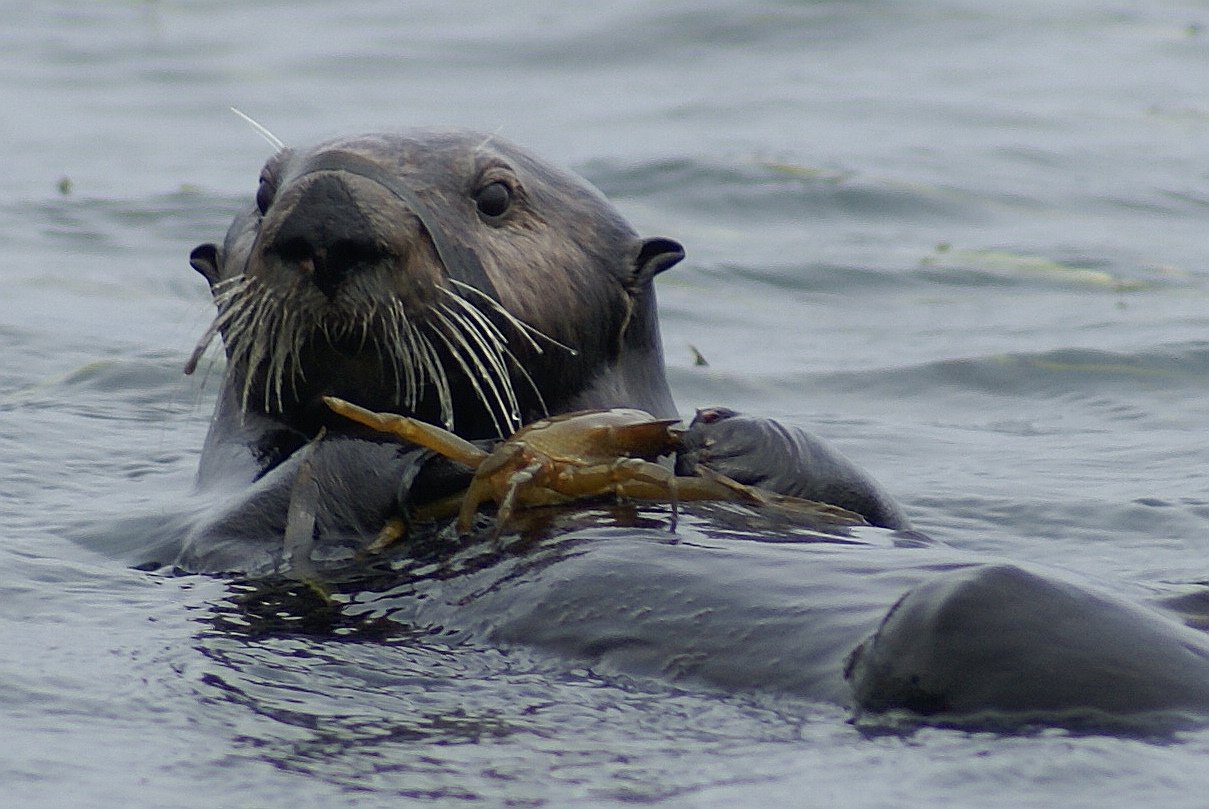
Otters may be small compared to the vastness of our rivers and oceans, but their impact is enormous. When otters return, entire ecosystems begin to heal. Fish populations rebound, water quality improves, and the web of life grows stronger. Otters teach us that every creature has a role to play, and that even the smallest guardians can create waves of positive change. Their comeback is a reminder that our actions—good or bad—shape the world we share. The story of the otter is, in many ways, a story about us, and the choices we make for the future of our planet.

